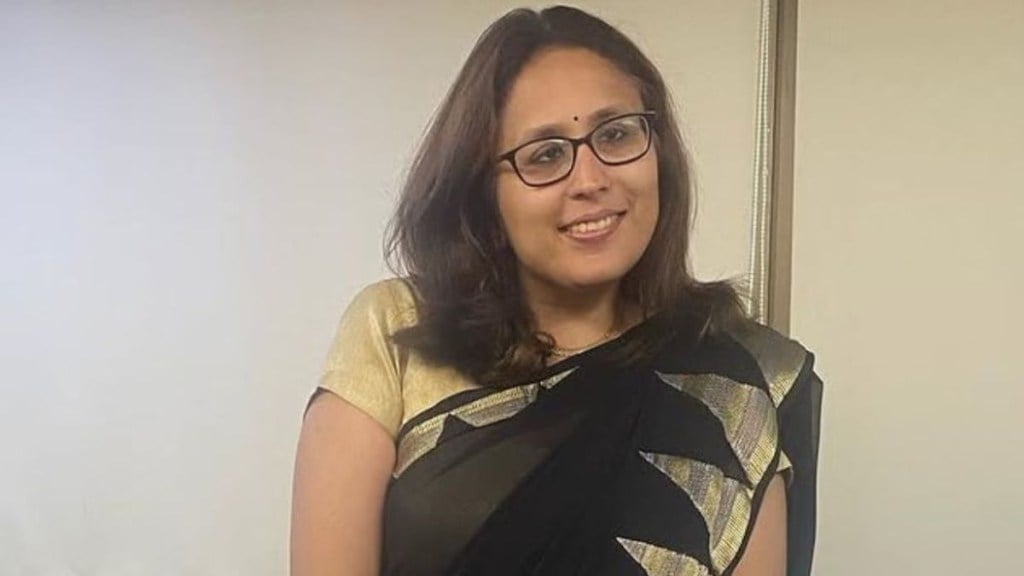Shark Tank India judge and Edelweiss Mutual Funds CEO Radhika Gupta has weighed in on India’s growing obesity crisis, urging restaurants to offer “half-plate portions” across their menus. In a post on X,formerly Twitter, Gupta posted, “I’m glad we’re talking openly about obesity—it’s an important issue.”
Highlighting the cultural aversion to food wastage in India, Gupta noted that many people unintentionally overeat simply because they feel compelled to clear their plates. “Many of us eat small portions but end up finishing everything on the plate because, culturally, we don’t like wasting food. When dining alone, sharing isn’t always possible. Restaurants could price half-plates just above 50 per cent of the full portion if that helps with margins. This would give diners a way to eat less without wasting food or money,” she explained.
I am glad we are talking about obesity as a problem so widely. It is critical.
— Radhika Gupta (@iRadhikaGupta) April 4, 2025
There are many solutions to this – alternative grains-sugars, healthier foods, eating at home, and many others that doctors, nutritionists suggest.
I have one basic suggestion to restaurants -…
Let’s Fix Our Food campaign
Her remarks follow the launch of the Let’s Fix Our Food (LFOF) campaign, backed by the Indian Council of Medical Research–National Institute of Nutrition (ICMR–NIN), which aims to reform India’s food environment. The campaign highlights concerning trends: while 24% of Indian adolescents are underweight, over 17 million children and teens are currently battling obesity. Gupta’s suggestion sparked an active conversation online.
Many netizens react positively to Radhika’s suggestion
One user shared, “I have seen two to three restaurants in Ahmedabad doing the same. Also, on my recent visit to Bangkok, I observed that some local Indian restaurants have done the same. Half plates at half prices, too.”
Another chimed in with a light-hearted idea: “Maybe we should call it a cutting plate?” A third user applauded the practicality of the idea, suggesting restaurants could also establish food banks, supported by guest contributions, to further reduce waste and attract more customers.
Drawing comparisons to beverage culture, one user wrote, “Imagine menus where the default is reasonably portioned and ‘upsizing’ is opt-in. We’ve done it with coffee—why not with meals? Small changes, big health dividends!”
Some users reflected on tradition, pointing out that half-plates were once the norm, especially in North India. “Traditionally, in north India, half plate was a norm, as restaurants or dhabas were run for providing routine diet to people. Whereas these days eating out is more for amusement, or out of boredom, than for filling up the tummy,” one user recalled.
The other side of the coin
However, not everyone agreed. One critic pointed out challenges with food delivery services: “Most restaurants on Swiggy and Zomato already give you a fraction of the dine-in portion. Even if you pay for a full plate, it’s barely enough for one person. So Radhika ji, your suggestion might not make much of a difference in India.”
Another added with frustration, “Already, a dosa is the size of a coin—please don’t ask them to shrink portions even more.”
However, despite the mixed reactions, Gupta’s suggestion has opened up an important dialogue around mindful eating, food sustainability and the evolving role of restaurants in public health.

